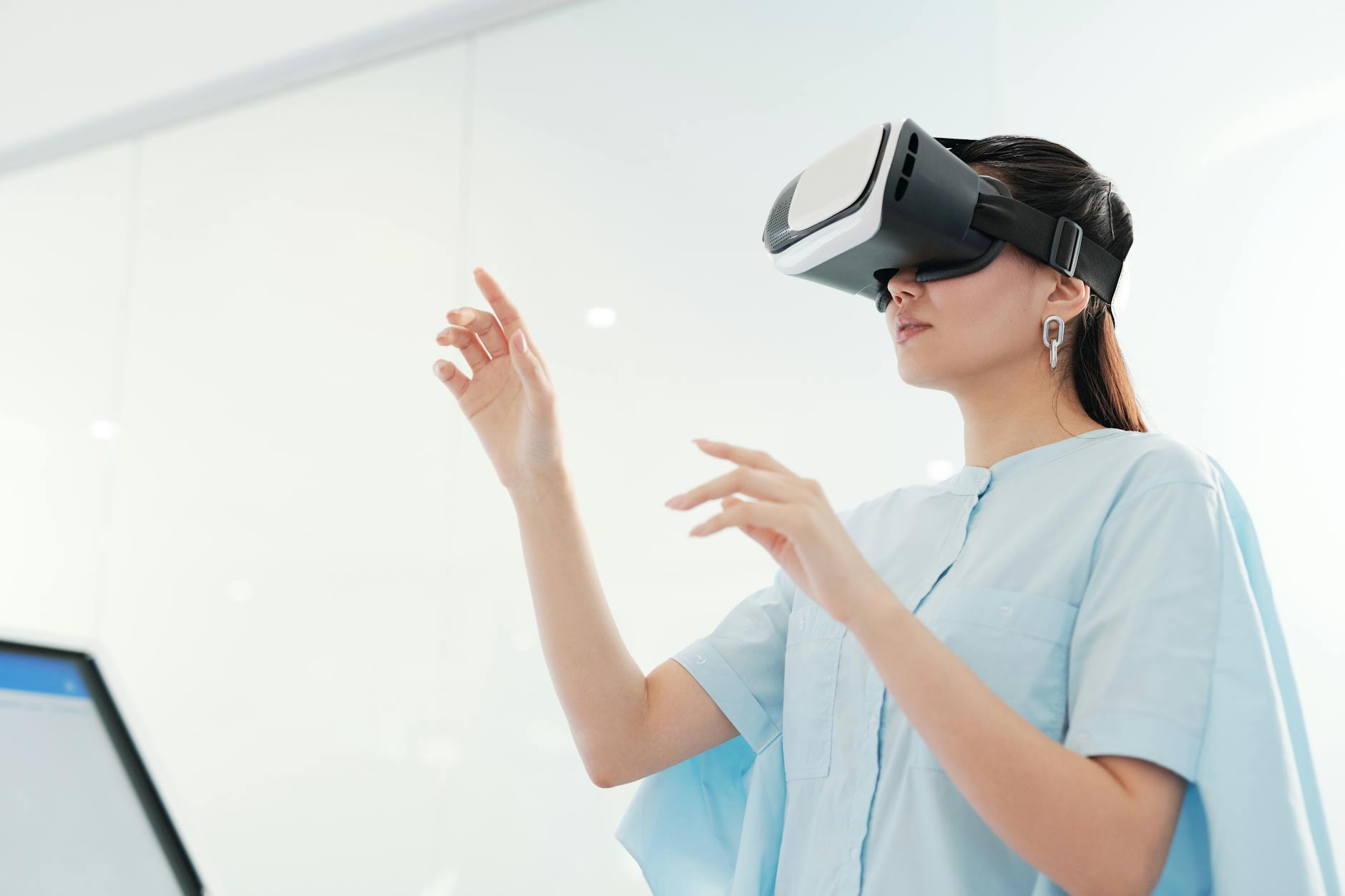Apple recently unveiled its Liquid Glass technology at the WWDC 2025 event, marking a significant shift in user interface design that could very well set the framework for its rumored augmented reality (AR) glasses. This innovation is not just about aesthetics; it's a peek into a future where digital and real worlds could blend seamlessly.
Liquid Glass is conceptualized to make digital screens mimic physical glass - both see-through and reflective. This design philosophy suggests a cleaner, more integrated visual experience. While still in its developer beta phase, and with some issues in opacity management noted, the intent is clear: to provide a less intrusive, more intuitive way to interact with technology. As detailed in a recent TechCrunch article, this could be a game-changer for Apple's approach to AR.
The lack of commercial success of Apple's Vision Pro VR headset, despite its impressive design, highlights a crucial lesson: the need for practicality and essential usability in high-end tech products. The VR headset, priced at a hefty $3,500, didn't become a necessity, but provided valuable insights into user experience, particularly about the disorientation associated with extended VR use. Apple's move to overlay digital windows atop real-world settings, rather than purely synthetic environments, marks a thoughtful pivot towards user comfort in mixed reality - a feature that Liquid Glass could enhance for AR applications.
As Apple gears up to compete with lighter AR offerings like Meta’s Ray-Bans and Google's smart glasses, mastery over subtle, user-friendly design becomes paramount. For instance, imagine receiving notifications through AR glasses; you'd want these alerts to be minimally invasive, blending smoothly into your field of vision rather than interrupting it. This design challenge is where Liquid Glass could play a crucial role by providing necessary information in a way that feels natural to the user's environment.
Furthermore, the potential integration of Siri into these AR glasses offers prospects for interactive, hands-free control over our digital interactions. From live translations to turn-by-turn directions without having to look at a screen, the implications for daily convenience and accessibility are vast. Yet, the success of such technology will heavily rely on how well Apple can balance functionality with unobtrusiveness in its final product design.
While Apple has not fully solved the puzzle yet, the strategic direction indicated by Liquid Glass suggests a commitment to not only participating in the AR market but potentially leading it through superior design and user experience. For tech enthusiasts and everyday users alike, the evolution of this technology merits attention, as it could redefine our interaction with the digital world in our everyday lives.
In conclusion, as we observe these developments, businesses and consumers must stay informed about the trajectories of such technologies. Understanding these shifts will be crucial in adapting to and adopting new realities that devices like AR glasses promise to bring. For more insights into how developments like these influence broader tech and financial ecosystems, keep an eye on updates from Radom Insights.



